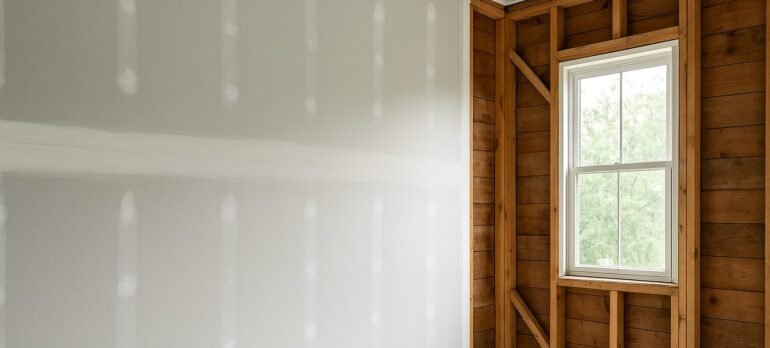
If you want your home to look great and stay strong for years, a GIB installation is an important step. Gib plasterboard is a trusted material for interior walls and ceilings because it offers strength, a clean finish, and long-term performance. In this guide, we’ll look at why Gib is such a smart choice and how to get the best results from its installation.
What is Gib Installation and Why Does It Matter?
Gib installation is the process of fixing plasterboard sheets onto walls and ceilings to create smooth, finished surfaces. It forms the foundation for your paint or wallpaper and protects your home from everyday wear and tear. A well-installed Gib wall doesn’t just look clean—it also plays a key role in comfort and safety.
Key Benefits of Gib Installation
One of the biggest advantages of using Gib is its durability. It holds up well over time and resists cracks better than many other materials. This means fewer repairs and a neater appearance year after year. Another great benefit is soundproofing. Gib helps reduce noise between rooms, giving your family more privacy and a quieter space to relax.
In terms of safety, fire resistance is a major plus. Gib plasterboard can slow down the spread of fire, giving you valuable extra time during emergencies. It’s also low maintenance. Once installed, Gib is easy to clean and doesn’t need constant touch-ups. Studies show that homes using GIB can last up to 40% longer before needing major repairs, and energy efficiency may improve by up to 15%, helping lower your heating and cooling bills.
Best Practices for Gib Installation
To get the best results from your Gib installation, preparation is key. The wall surface should be clean, dry, and level before any sheets are fixed. Cutting boards to the correct size is also important for a seamless finish.
Professionals often use high-quality tools and adhesives, making sure everything is aligned properly and stays secure. If you’re already working on a renovation, like a bathroom upgrade, it’s smart to have the Gib installation done at the same time to maintain a smooth schedule.
Common Mistakes to Avoid
Some of the most common issues during the Gib installation include:
- Loose or poorly fixed boards – this leads to weak, unstable walls.
- Skipping joint treatment – untreated joints can crack and collect moisture.
- Improper sealing – without good sealing, water damage can sneak in behind the walls.
Think of Gib like the skin of your home. Just like your skin protects your body, Gib helps protect your walls from damage. When it’s installed and cared for properly, it keeps everything looking fresh and working well.
Why Hiring Professionals Makes a Difference
Installing Gib might seem simple, but it takes skill to get a truly smooth, lasting result. Professionals make sure everything is measured, cut, and fitted correctly. They also handle the messy parts—like sanding and jointing—with care.
For example, if you’re planning to add weatherboard cladding or improve your roofing structure, it’s smart to line up Gib installation with those upgrades. This saves time and ensures every part of your home fits together neatly.
Final Thoughts
GIB installation brings real value to your home. It helps make your spaces quieter, safer, and more comfortable while also adding a clean and modern look. Whether you’re renovating or building new, getting the plasterboard work done properly makes a big difference.
If you’re planning home improvements or working on upgrades like tiling and waterproofing, now is a great time to think about Gib, too. Proper installation sets the tone for everything that follows.
Need help with professional Gib installation? Contact us today to get started.


